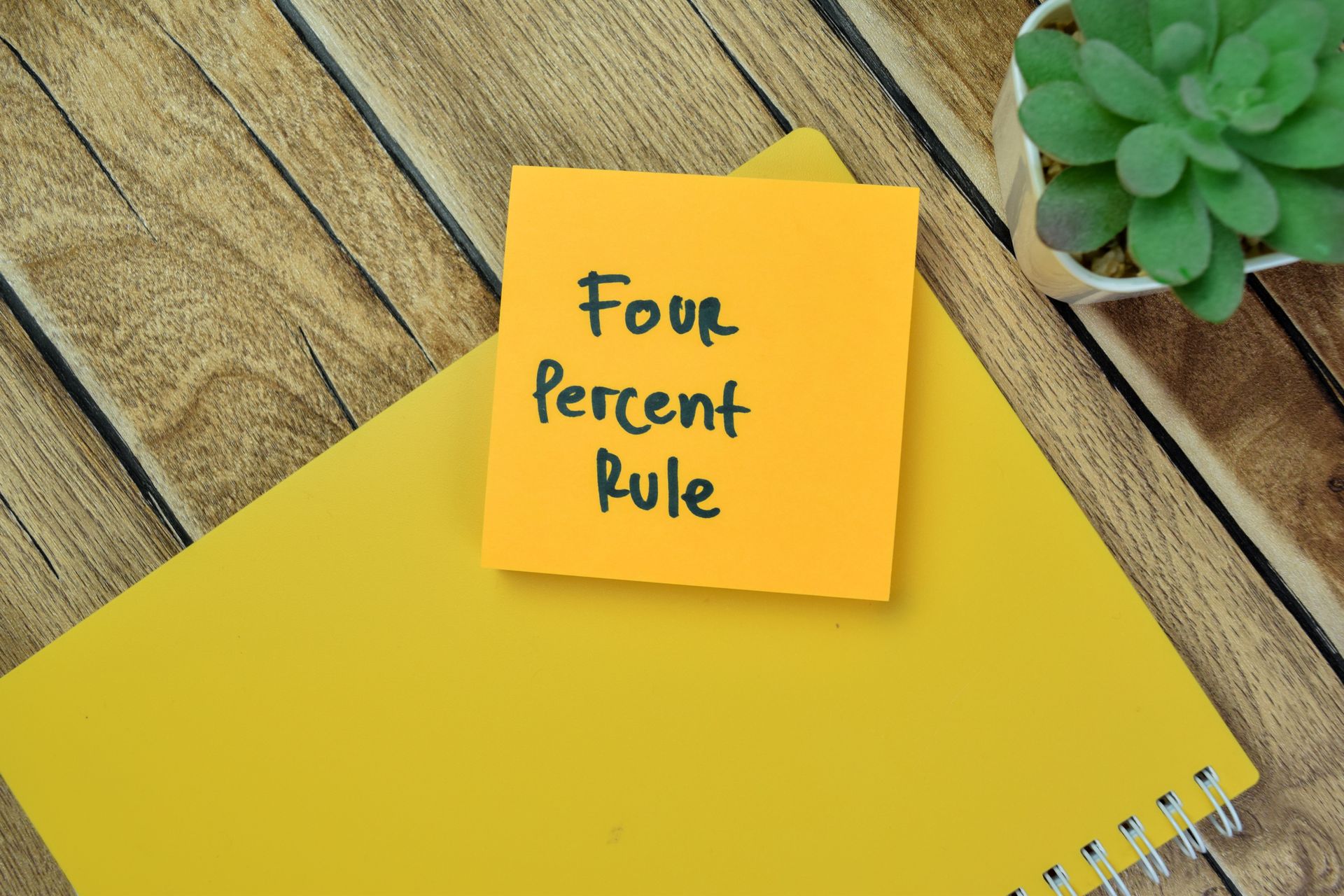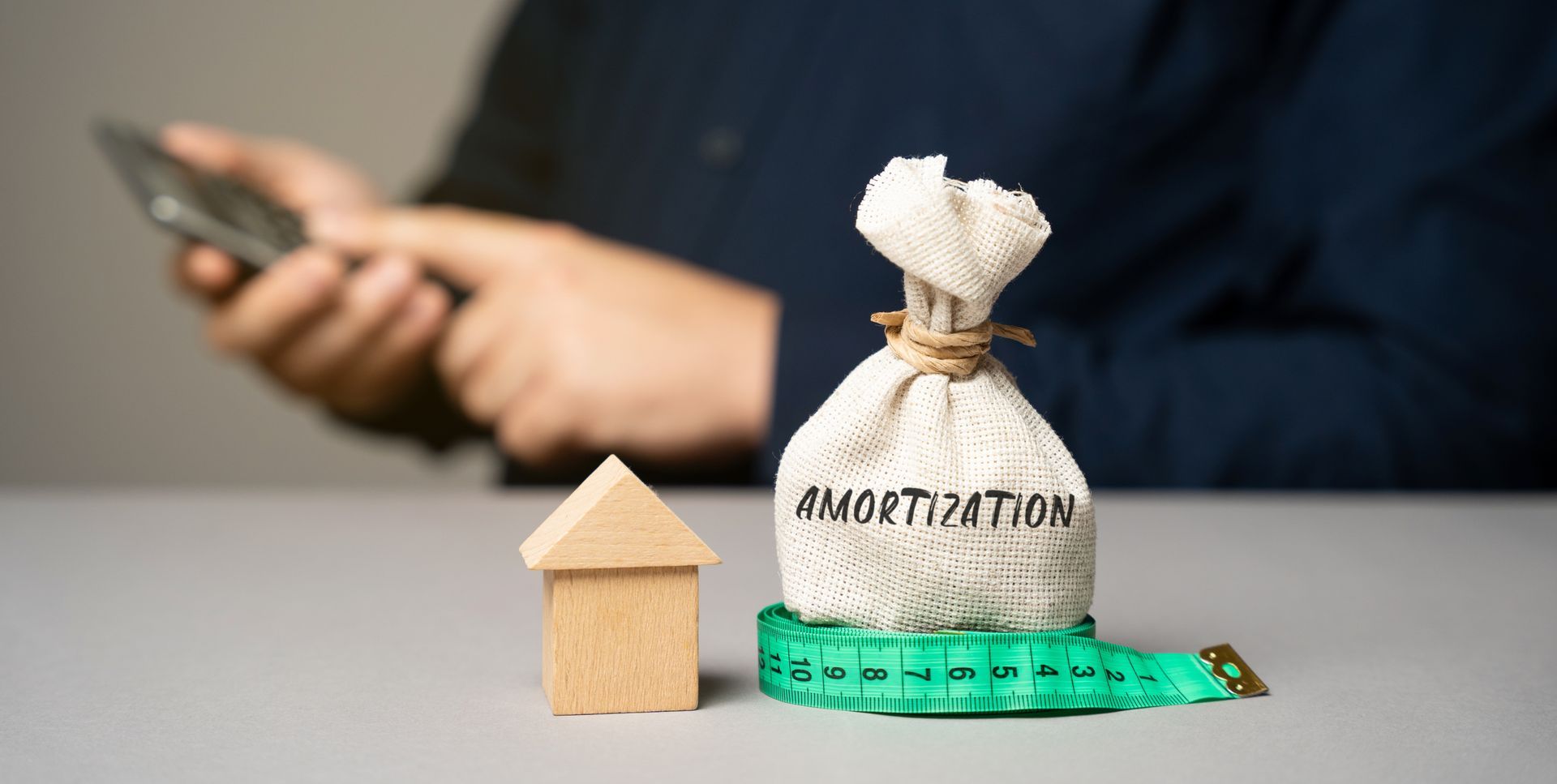Understanding How to Build Wealth While Paying Off Debt
Why you don’t have to choose — you just need structure.
The Myth of “Either / Or”
Most people have been told the same story: “You can’t build wealth until you’re debt-free.”
But that’s not truth — that’s conditioning.
The system wants you to think freedom only comes after the fight, not during it. The truth is, you can build wealth while paying off debt — because both are built on the same foundation: timing and flow.
“Debt and wealth use the same dollar. The difference is who controls the timing.”
Why the System Wants You to Choose
Banks, lenders, and advertisers profit from extremes.
They push you toward one of two emotional positions:
- Guilt: “Pay off everything before you even think about saving.”
- Greed: “Leverage debt to make money — everyone does it.”
Both paths keep you reactive.
One keeps you scared; the other keeps you chasing.
Neither teaches you structure.
In Washington State — especially around Tacoma and Pierce County — rising taxes, insurance, and inflation make this even tougher. The numbers move faster than the advice.
“The world tells you to work harder. The bank tells you to borrow longer. Neither tells you to manage time.”
The Real Problem Isn’t the Debt — It’s the Timing
Debt and wealth are both built on cash flow — the rhythm of money in and out of your life. If you only focus on payoff, your cash flow stays reactive.
If you only focus on investing, your debt quietly compounds against you. The solution isn’t to pick one.
It’s to align both.
Structure lets you:
- Pay down high-interest debt without killing your margin.
- Use efficiency to free up money faster.
- Redirect that same money toward savings and investment without losing momentum.
That’s how banks do it — and how you can, too.
The Washington Reality: Rising Costs, Rising Opportunity
In the Tacoma–South Puget Sound area, families face a tough equation: property taxes are up, utilities are up, and groceries cost more every month.
But wealth isn’t built on rates — it’s built on rhythm.
Even if your mortgage or living costs feel heavy, structure creates freedom.
When you control the timing of your money, you gain room to breathe — and that’s where progress starts.
“It’s not about having more money. It’s about using the same money better.”
How to Build While You Pay
1. Stop Treating Debt and Wealth Like Enemies
They’re two sides of the same flow.
Paying down debt creates wealth because every dollar you don’t pay in interest is one you keep.
2. Track Cash Flow, Not Just Balances
Budgets are static — but life isn’t.
Watch when money moves, not just where it moves.
Align paychecks, bills, and debt payments so that money is always working, never sitting idle.
3. Reuse Dollars Intentionally
The banks do it — and you can too.
Use the same dollars that eliminates debt to then fund your future goals.
When you pay off one account, redirect that same monthly amount into savings or investment instead of lifestyle upgrades.
“Wealth doesn’t come from new money. It comes from reused money.”
4. Keep Balance
Eliminating debt brings peace. Building wealth brings purpose.
Doing both brings freedom.
Faith, Stewardship, and Flow
If you see money as a form of stewardship — not control — everything changes.
Paying debt becomes an act of integrity.
Building wealth becomes an act of trust.
Both matter.
Both require intention.
“The world teaches lack or excess. Stewardship teaches balance.”
The Financial Minimalist View
At Financial Minimalist, we teach that financial peace isn’t about choosing between payoff or progress — it’s about learning how to make every dollar move twice.
We show people how to:
- Shorten payoff timelines
- Reclaim wasted interest
- Build savings without stopping momentum
- Use cash flow like a tool, not a task
Because you don’t have to live in survival or delay freedom.
You can build while you pay.
You can live while you plan.
You can have peace and progress — at the same time.
“Freedom isn’t the absence of debt. It’s the presence of direction.”
Key Takeaways
- You don’t have to choose between debt payoff and wealth building.
- Structure turns the same dollar into both progress and peace.
- Timing, not rate, determines who benefits — you or the bank.
- Every payoff creates momentum — don’t stop, redirect.
- True wealth comes from rhythm, not reaction.
Final Thought
The world tells you to pick a side — to chase wealth or to crush debt.
But peace doesn’t live at either extreme.
It lives in the middle — where structure, awareness, and purpose meet.
When your money moves with intention, you’ll see that paying debt is building wealth — and that your freedom has been hiding in your timing all along.
“You don’t have to wait to be debt-free to start living free.”









